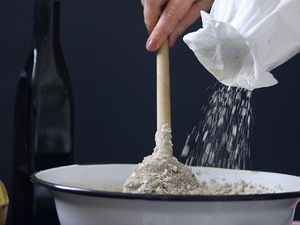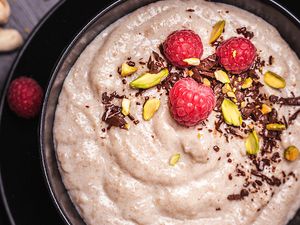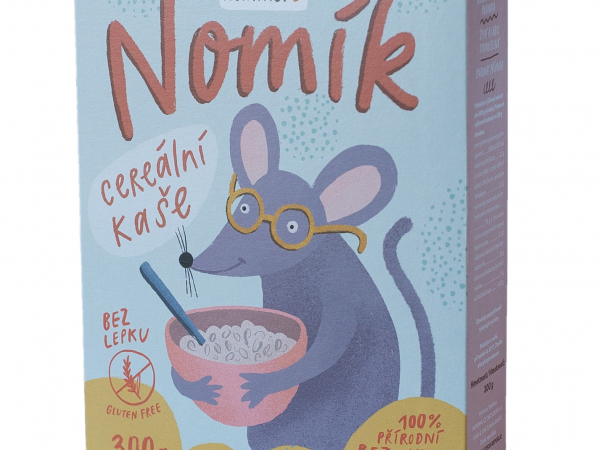This article intended for those of you who not only want to know what their favourite porridges are made of, but also how they are made. How exactly are grains processed to allow them to be turned into porridge so easily? What is done with them and why?
The technological process is called extrusion. There is nothing too complicated hiding behind this mysterious and often fabled term. In fact, it is quite a simple process. It takes place in a machine called an extruder which is basically a larger meat mincer. Carefully selected starchy materials (grains) are evenly moistened and mixed when fed in. Much like in a mincer, the prepared material is moved and pressed by two turning screws in the extrusion barrel towards the exit hole (extrusion die), whereby the ingredient gets intensely kneaded, heated (up to 100-120 °C), the starch agglutinates and the proteins are denatured. The combined application of pressure, heat and mechanical sheer forces plasticises the fed raw ingredient and creates a dough-like substance. When exiting the extruder, the substance passes through the extrusion die. The decompression and rapid moisture evaporation enable expansion which creates a fragile porous substance (you may know it as puffs). Those are cooled at room temperature and milled into specific granulation making the resulting porridge pleasant in texture.
We are talking about temperatures of max. 120 °C for a couple of seconds. Denaturation of protein and agglutination of starch occurs during this process making complex molecules change their structure and become more easily digestible. This is, in fact, why food is subjected to heat treatment. Such processing enables you to prepare the food only by letting it expand with no cooking necessary.
Grains are an excellent natural source of B and E vitamins. Vitamin E is a relatively thermally stable substance. Vitamin B1, on the other hand, is the most sensitive to temperature making certain loss (around 30% is usually reported) during the extrusion inevitable. Cooking, for comparison, can cause up to 75% loss and baking around 35% depending on duration. The loss is less prominent in case of other B vitamins. Valuable minerals are not leached into water. Brief heating (for seconds) therefore does not cause large losses, but it is sufficient to rule out the presence of any undesired organisms. At the same time, the water content is reduced, and the product shelf life is prolonged without the use of any conservatives.







.jpg)
.png)
.png)

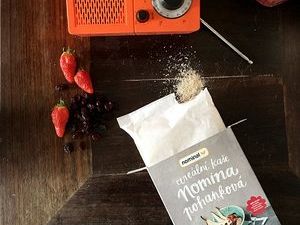
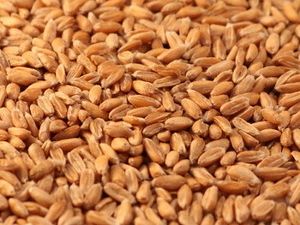
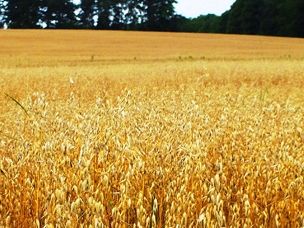
.jpg)

